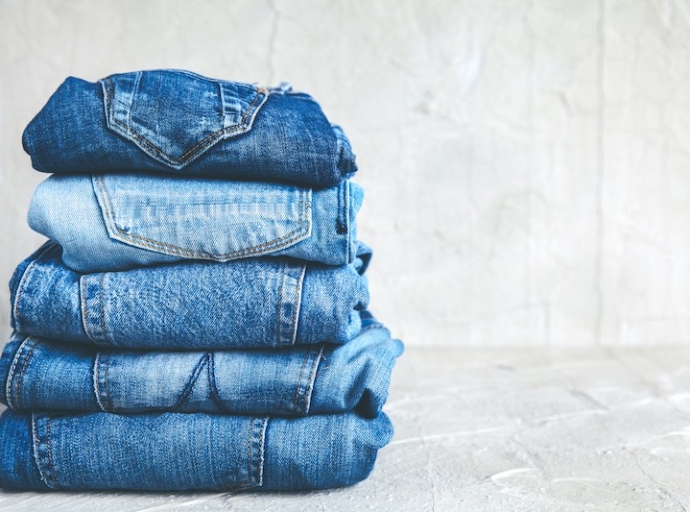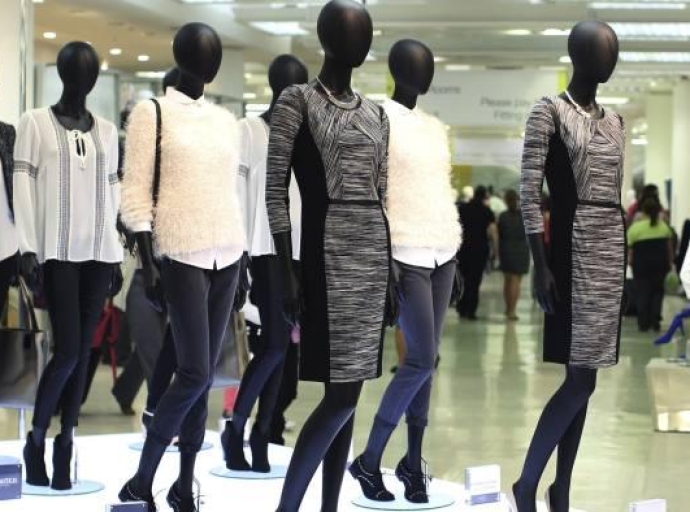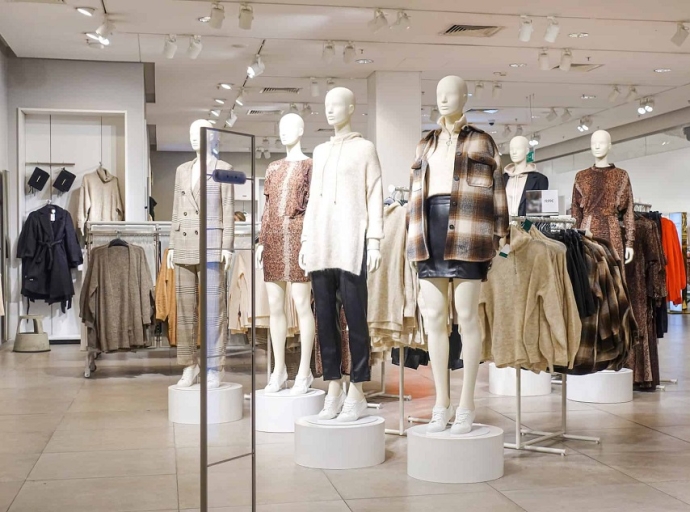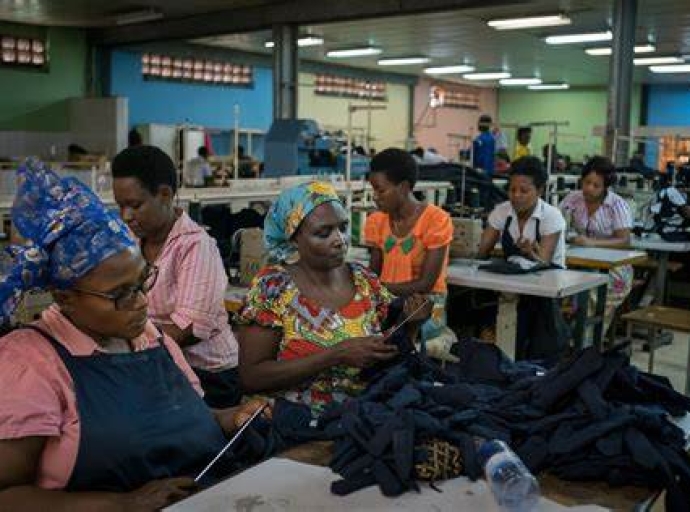29 June 2023, Mumbai
The Indian denim market is experiencing steady growth, expanding at a rate of 8 to 9 percent annually. India has long been a leader in denim fabrics, and its domestic jeans market has been growing even faster than the global expansion rate.
An overview
With an annual capacity of over 1,600 million meters, India possesses the second-largest installed capacity for denim fabrics in the world, trailing only behind China. The organized segment of the industry consists of over 50 denim fabric mills, representing a 60 percent increase compared to a decade ago.
Of the total capacity, approximately 850 million to 900 million meters are consumed domestically, including the production of jeans for export.
The remaining fabric is exported to various countries, such as Bangladesh, Colombia, Venezuela, Egypt, and Sri Lanka.
Genesis
The origin of jeans dates back to England, but it was later developed in American mills. Denim, the durable and rigid fabric used to make jeans, is created from cotton or cotton blends using a two-toned weaving technique that results in a distinctive diagonal pattern.
This technique involves using natural or white yarn in the horizontal position (weft) and dyed thread in the vertical position (warp), giving jeans their iconic blue appearance.
Cotton or cotton blends are commonly used in denim production. The cotton fibers are gathered, sorted, and processed into yarn, which is then woven into fabric. The fabric is dyed with indigo or other colors, depending on the desired design, to create the denim used in jeans manufacturing.
Cotton's Thirsty Footprint
Story of cotton or a cotton blend; However, it's worth noting that cotton is a water-intensive crop and not as environmentally sustainable as it may seem. The production of a standard cotton pair of denim jeans can consume more than 9,000 gallons of water, accounting for a significant portion of the water footprint in textile fiber manufacturing.
To expand their denim manufacturing capabilities, some mills are investing in spindles to capture additional domestic and international markets while reducing dependence on the yarn market.
This backward integration allows businesses to manage raw material availability more effectively and schedule timely and cost-effective manufacturing. While newer companies are striving to expand, larger and more established mills continue to consolidate their position in the market.
How Denim Fabric Evolved
India's denim industry has played a crucial role in transforming denim fabric into a global fashion staple.
The industry's manufacturing capabilities, competitive prices, and production of high-quality denim products have contributed to its success.
The Evolution of Denim; The country's ability to diversify its denim exports and tap into non-traditional markets has further bolstered its growth.
Stretchability and Style
To cater to consumer demands, manufacturers in developed economies are investing in creating jeans with the "perfect fit," driving product innovation in the market.
They are also incorporating synthetic fibers to provide stretchability, enhancing the appeal of jeans. Additionally, the increasing living standards and growing consumer awareness of various jean styles, such as boot cut, high rise, cropped, skinny, tapered, and regular fit, contribute to the expansion of the market.
Global Denim Fabric Market Set for Impressive Growth, Projected to Reach USD 27.38 Billion by 2028
Projected Growth: Jeanswear Market to Reach USD 118.28 Billion by 2030. On a global scale, the denim market is projected to reach a remarkable $153 billion, with India's growth surpassing other regions.
Several factors drive the expansion of the Indian denim market, including rising demand for denim products, the influence of Western fashion trends, and the thriving online retail sector.
The jeanswear market is poised for significant growth, with a projected value of USD 118.28 billion by 2030, a substantial increase from USD 66.77 billion in 2021. This growth is expected to be driven by a compound annual growth rate (CAGR) of 8.51% from 2023 to 2030.
Denim has been a wardrobe staple and a crucial component of the fashion industry for decades.
The global denim market has witnessed steady growth, with a projected CAGR of over 6.5% from 2015 to 2020, increasing from $113 billion to $153 billion.
Opportunities Unlimited
Young Consumers Drive Growth: Comfort, Durability, and Versatility of Jeans; India's position in both domestic and international markets positions its denim industry for further growth. India's Growth Outpaces the Rest.
By consistently meeting the evolving demands of consumers, expanding into new markets, and embracing sustainable practices, the industry demonstrates its potential for sustained success in the coming years.
The popularity of jeans among younger consumers is one of the key factors contributing to this growth. Jeans are favored for their comfort, durability, and versatility, making them a preferred choice for many.
Sunrise
The Indian denim wear market is projected to grow at a CAGR of 15% in terms of retail sales.
This growth is driven by rising disposable incomes, a rapidly expanding retail sector, the westernization trend, the booming internet retailing sector, a young population with higher spending power, and a wide range of consumer segments that consider denim as comfortable and stylish attire.
Denim fabric exports from India reached US $190.78 million during the Jan.-Oct. '21 period, representing an 88.45% increase compared to the previous year. Bangladesh was the top market for Indian denim, importing $58.30 million worth of denim fabrics, showing a growth of 40.21% from January to October of this year.
Diversifying into Non-Traditional Markets; Colombia, Venezuela, and Egypt are the next three destinations for Indian denim exporters, with fabric shipments valued at US $32.71 million, US $13.32 million, and US $12.92 million, respectively, indicating significant growth.
In India, the denim market has experienced the fastest growth rate among apparel fabrics, with an annual CAGR of 15% to 18%.
The current installed capacity of around 1,200 million meters is expected to rise to 2,000 million meters in the next few years.
India has a significant advantage in the global market due to its access to various cotton and MMF fibers, attracting top global brands.
Industry experts predict that the denim share in international trade could achieve a CAGR of 10% over the next decade.


































